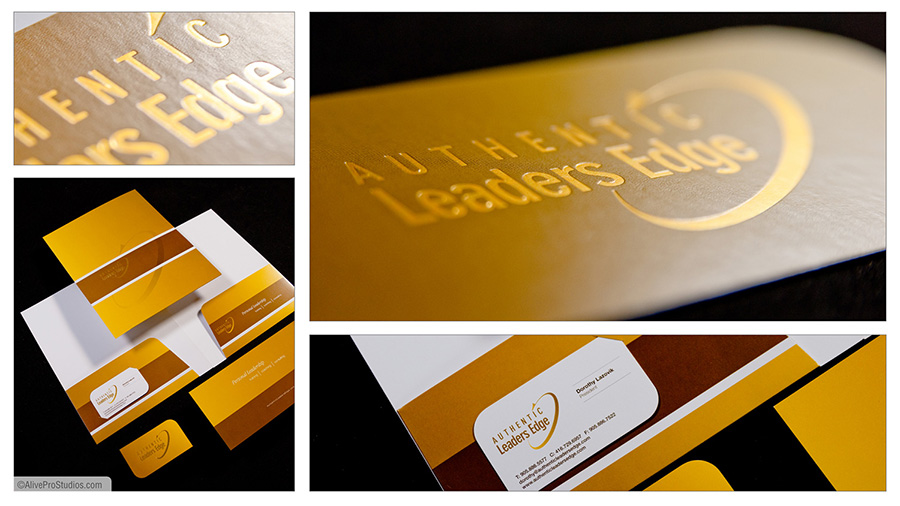Introduction
In today’s fast-paced business world, creativity and innovation are more important than ever for branding, marketing, and advertising. For small and medium-sized businesses, standing out in a crowded market can be challenging. This is where creativity and innovation come into play. They are the driving forces that can set your brand apart and propel your business to new heights. Let’s dive into why these elements are crucial and how they can benefit your business.
1. Differentiating Your Brand
Why It Matters
In a sea of similar products and services, differentiation is key to capturing attention and winning over customers. Creativity and innovation help you develop a unique brand identity that sets you apart from competitors.
How It Helps
- Unique Selling Proposition (USP): Creativity allows you to define and communicate your USP effectively. It highlights what makes your brand unique and why customers should choose you.
- Memorable Branding: Innovative branding strategies, such as distinctive logos, colour schemes, and taglines, make your brand memorable. This helps build brand recognition and loyalty over time.
Examples
Consider how Apple’s innovative product designs and creative marketing campaigns have set it apart in the tech industry. Small and medium-sized businesses can achieve similar success by thinking outside the box and embracing creativity.
2. Engaging Your Audience
Why It Matters
Engaging your audience is crucial for building strong customer relationships and driving sales. Creative and innovative marketing strategies capture attention and keep your audience interested.
How It Helps
- Compelling Content: Creative content, such as blogs, videos, and social media posts, resonates with your audience and encourages interaction. It helps convey your brand’s personality and values.
- Interactive Campaigns: Innovative campaigns, like contests, quizzes, and interactive videos, foster engagement and create a sense of community around your brand.
Examples
Brands like Coca-Cola have successfully engaged their audience through creative campaigns, such as the “Share a Coke” initiative, which personalized Coke bottles with common names. This simple yet innovative idea boosted engagement and sales.
3. Driving Innovation in Products and Services
Why It Matters
Staying relevant in today’s market requires continuous innovation. Creative thinking drives product and service innovation, helping your business meet evolving customer needs and stay ahead of competitors.
How It Helps
- New Offerings: Creativity leads to the development of new products and services that address unmet customer needs. This can open up new revenue streams and market opportunities.
- Improved Solutions: Innovative thinking can enhance existing products and services, making them more effective and user-friendly.
Examples
Consider how Dyson’s innovative vacuum designs have revolutionized the home appliance market. Small and medium-sized businesses can drive similar innovation by fostering a creative work environment.
4. Enhancing Marketing Strategies
Why It Matters
Marketing strategies that are both creative and innovative can significantly improve your reach and impact. They help you break through the noise and connect with your target audience in meaningful ways.
How It Helps
- Unique Campaigns: Creative marketing campaigns stand out and grab attention. They are more likely to be remembered and shared, increasing your brand’s visibility.
- Cost-Effective Solutions: Innovative marketing strategies, such as guerrilla marketing or viral campaigns, can be cost-effective and deliver high ROI.
Examples
Old Spice’s “The Man Your Man Could Smell Like” campaign is a perfect example of a creative marketing strategy that went viral, boosting brand awareness and sales. Small businesses can achieve similar results with innovative approaches.
5. Building a Strong Brand Identity
Why It Matters
A strong brand identity is essential for building trust and loyalty among customers. Creativity and innovation play a vital role in shaping and maintaining a compelling brand identity.
How It Helps
- Consistent Messaging: Creative branding ensures that your messaging is consistent across all channels, reinforcing your brand identity.
- Emotional Connection: Innovative branding strategies help create an emotional connection with your audience, fostering loyalty and advocacy.
Examples
Nike’s “Just Do It” campaign has become synonymous with motivation and empowerment, thanks to its consistent and creative branding. Small and medium-sized businesses can build a strong brand identity by being innovative in their branding efforts.
6. Adapting to Market Changes
Why It Matters
The business landscape is constantly evolving, and businesses need to adapt to survive and thrive. Creativity and innovation enable you to respond to market changes quickly and effectively.
How It Helps
- Flexible Strategies: Creative thinking allows you to develop flexible marketing strategies that can be adjusted based on market trends and consumer behaviour.
- Proactive Approach: Innovative businesses are proactive, anticipating changes and staying ahead of the curve.
Examples
During the COVID-19 pandemic, many businesses successfully adapted by shifting to online sales and virtual events. This adaptability, driven by creativity and innovation, helped them continue to serve customers and stay afloat.
7. Fostering a Culture of Innovation
Why It Matters
A culture of innovation is crucial for sustained business growth. Encouraging creativity within your organization can lead to continuous improvement and long-term success.
How It Helps
- Employee Engagement: A creative and innovative work environment keeps employees engaged and motivated. It encourages them to contribute ideas and solutions.
- Continuous Improvement: Innovation fosters a mindset of continuous improvement, driving your business to evolve and improve over time.
Examples
Google’s 20% time policy, which allows employees to spend 20% of their time on projects they’re passionate about, has led to significant innovations like Gmail and Google News. Small businesses can foster a similar culture by encouraging creative thinking and experimentation.
